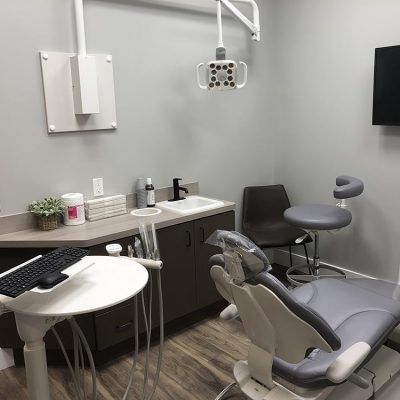
Fillings are the number one and most common way to treat the vast majority of cavities. But they can’t effectively help with some of the larger cavities–so, what happens then? When a cavity becomes large enough to where traditional fillings cannot keep the structural integrity of the tooth, an inlay is instead used. At River Run Family Dentistry we provide both inlays and onlays and carefully consider the needs of the patient to accurately determine what is the best course of action. We will be going over what both an inlay and only are and how they can restore teeth to make them functional again.
Inlays
An inlay is similar to a filling – in theory, it serves a similar purpose, and many times they are made out of the same materials. But they serve slightly different situations and the way the overall procedure works is different.
With traditional fillings, the cavity is filled with a material that bonds to the tooth. The procedure is relatively simple, and it is the most common method of tooth restoration due to how frequent cavities are.
Inlays are a little bit different, while they serve a similar purpose of filling a cavity, they are reserved for large cavities where a simple filling would not be ideal. After the dentist drills and removes the delay from the tooth, they will take an impression of the empty space. This gets sent to a lab where the inlay is made with the requested material. When the inlay comes back to the office, it is fitted in the tooth – effectively restoring its function or looks if composite resin or porcelain is used as the material.
Onlays
Not to be confused with a crown, onlays are like an extended version of inlays. Instead of sitting flush with the tooth like an inlay, and completely covering the tooth like a crown. An onlay covers the cusp of the tooth.
An only is used to restore tooth damage that has reached almost the entire top surface. In theory, a crown can be used for this purpose, and in many cases, it is due to it being common for insurance to not cover an onlay. Insurance companies oftentimes cover a crown due to how frequently they are used so it is not too common for patients to receive an onlay. They are both sufficient for a damaged tooth on this level.
Talk to Us About Tooth Reconstruction
If you are suffering from cavities or damage from decay or injury, we are here to help at River Run Family Dentistry. It is important to get compromised teeth treated so that the tooth becomes functional again and that the problem does not become bigger than it already. Both inlays and onlays are for dental health problems that are a step above the average cavity – making it critical to take action if you feel like either will help you. You can call our number at 830-387-3040 to ask any questions or schedule an appointment. We want to make you feel at home if you choose to come in.
